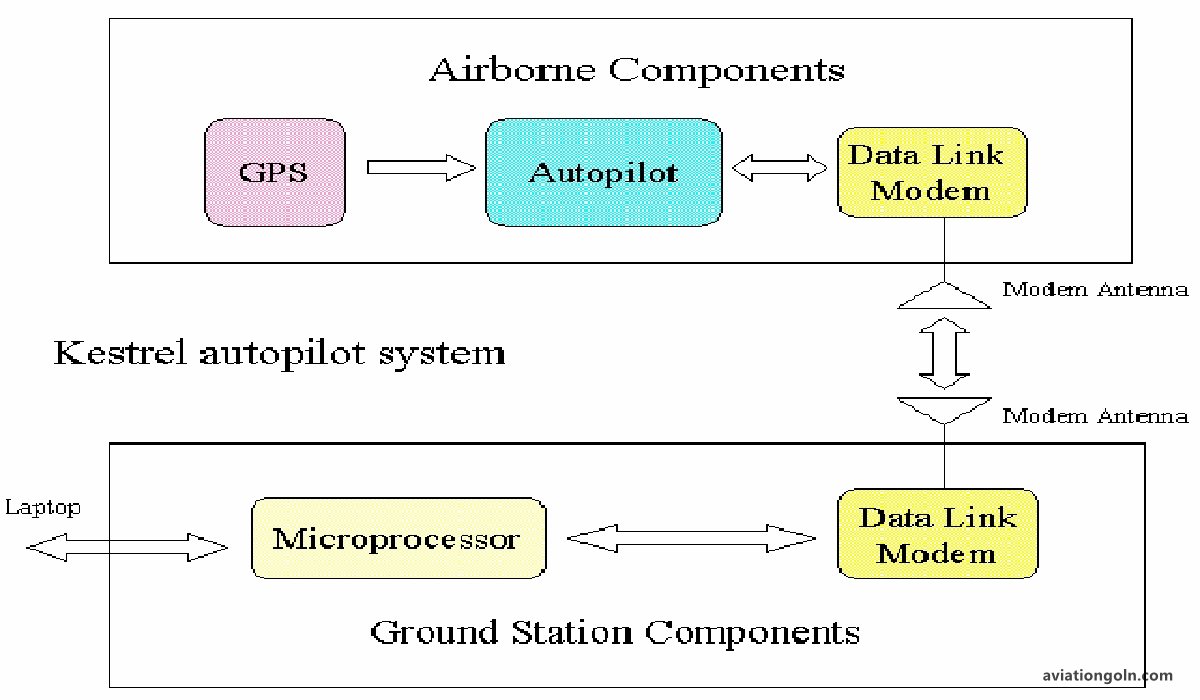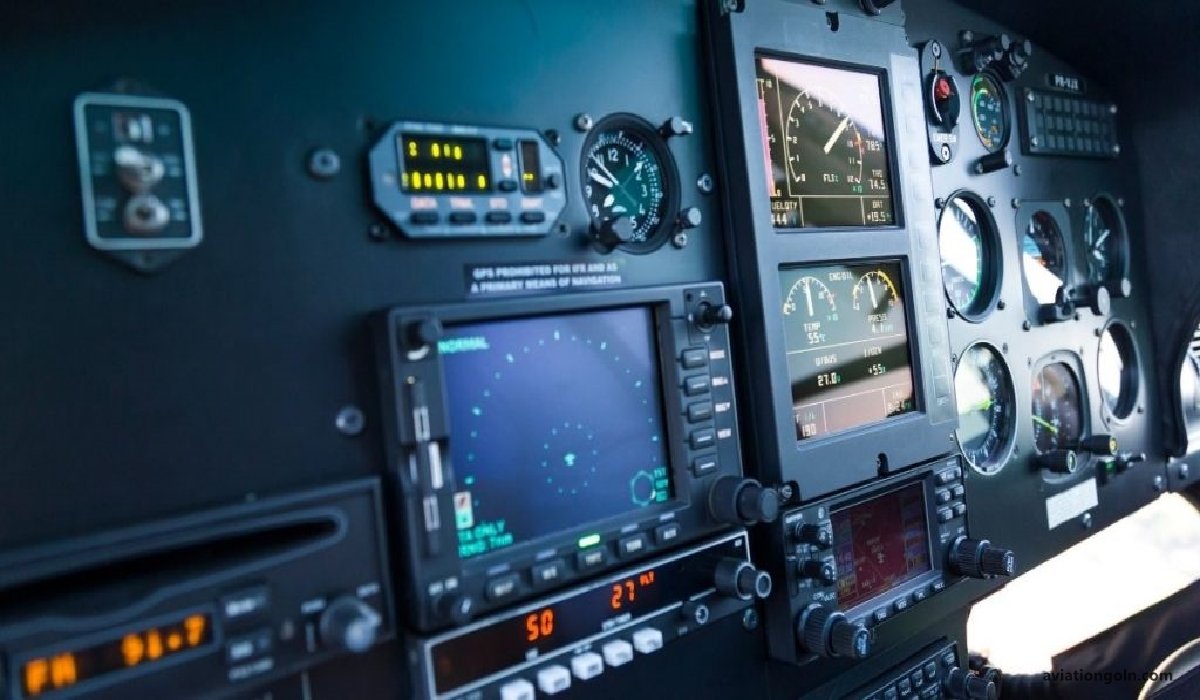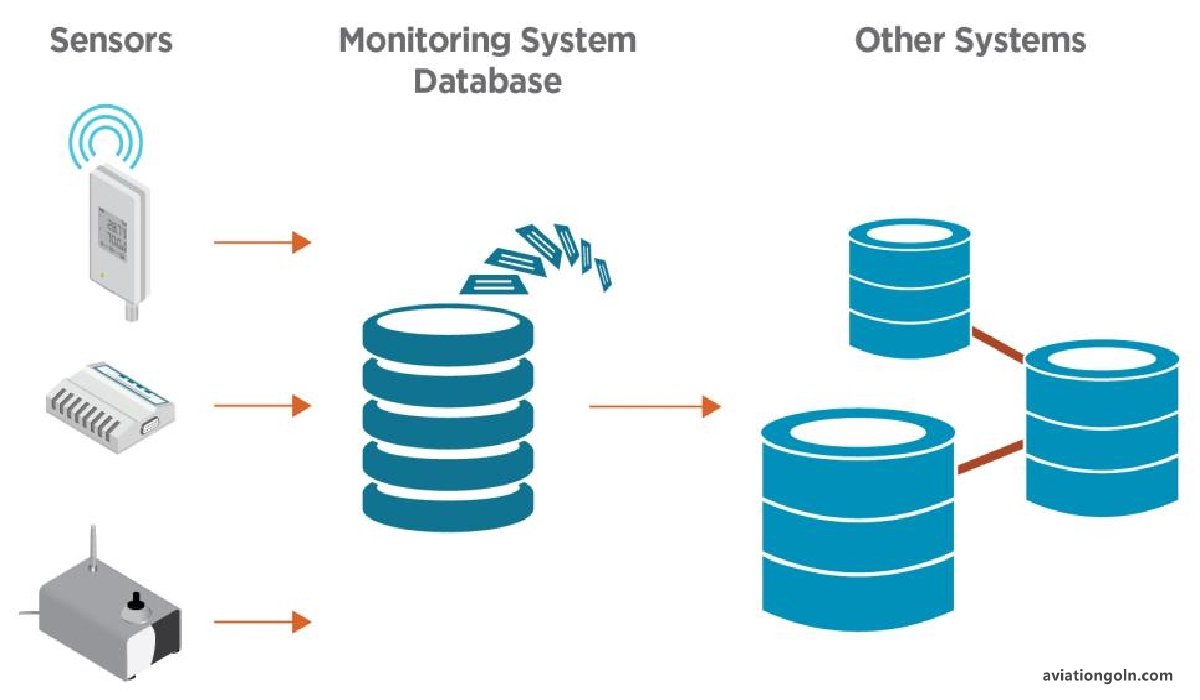Monitoring Systems as The Components of Avionics Systems: Avionics systems, the electronic systems used on aircraft, satellites, and spacecraft, are vital for modern flight. As we journey into the age of technological advancement, the role of avionics in assuring safety, efficiency, and functionality cannot be stressed enough.
One crucial facet of avionics is the monitoring systems that help pilots, ground crew, and remote operators maintain awareness of an aircraft’s state and performance. In this comprehensive article, we delve into the world of avionic monitoring-systems, exploring their importance, functionality, types, and the future direction of these crucial components.
Monitoring Systems as The Components of Avionics Systems

I. Introduction
A. Definition
At its core, a monitoring system within the avionics framework is designed to constantly observe, report, and often analyze various parameters of an aircraft’s operation, from engine performance to flight controls and beyond. These systems provide real-time feedback to the aircraft’s operators and automated systems, ensuring the highest levels of safety and efficiency.
B. Importance of Monitoring-Systems
The necessity of monitoring-systems in aviation cannot be overstated. They:
- Ensure Safety: By keeping tabs on critical components and parameters, monitoring-systems can detect anomalies early, often before they escalate into serious issues.
- Enhance Efficiency: Continuous monitoring allows for optimal performance, ensuring, for instance, that engines are working within their best operational parameters or that fuel consumption is kept at its most economical.
- Provide Diagnostics: Modern aircraft are complex, and troubleshooting can be a mammoth task. Monitoring-systems simplify this by quickly pointing out where a problem may be originating.

II. Types of Monitoring Systems in Avionics
A. Engine Monitoring Systems (EMS)
The heart of an aircraft, engines require meticulous monitoring. An EMS tracks various engine metrics, such as temperature, pressure, fuel consumption, and thrust. Any deviation from the norm can be a precursor to a more significant issue, and an EMS ensures early detection and notification.
Features of EMS:
- Fuel Flow Management: Assures optimal fuel consumption.
- Temperature Gauges: Monitors temperatures of critical components.
- RPM (Revolutions Per Minute): Keeps track of how fast the engine components are moving.
B. Flight Control Monitoring
This system keeps an eye on the aircraft’s control surfaces, ensuring they respond correctly to pilot or autopilot inputs. Elevators, ailerons, rudders, and flaps have sensors that communicate their position and movement.
Importance:
- Safety: Malfunctioning flight controls can lead to loss of aircraft control.
- Performance: Optimal positioning of control surfaces can lead to better flight efficiency.

C. Navigation and Communication Systems Monitoring
Modern aviation relies heavily on precise navigation and robust communication. Monitoring-systems here track the functionality of GPS systems, radio communication equipment, and other navigation tools.
D. Health and Usage Monitoring Systems (HUMS)
Originally developed for helicopters, HUMS is now common in many fixed-wing aircraft. It’s a holistic system, tracking the “health” of various aircraft components and its usage statistics.
Benefits of HUMS:
- Predictive Maintenance: By monitoring wear and tear, maintenance can be predicted and scheduled.
- Lifespan Extension: By ensuring components are not overused or stressed, their lifespan can be extended.
E. Environmental Control System Monitoring
Aircraft cabins need to be kept at specific pressure and temperature levels. Environmental control systems manage these parameters, and their monitoring ensures passenger and crew comfort, while also keeping everyone safe from the dangers of high altitude.

III. Integration of Monitoring Systems
In modern avionics, integration is a keyword. Rather than having disparate systems, avionic components communicate and operate as a cohesive whole. The advantages of this are numerous:
- Unified Displays: Pilots can see a consolidated status of their aircraft on unified screens.
- Smart Analysis: Integrated systems can cross-reference data, providing smarter analysis. For instance, if an engine’s temperature rises and there’s an issue with the fuel flow, the system can deduce potential causes more accurately.
- Redundancy: In aviation, backup is crucial. Integrated systems can provide redundancy, ensuring that if one sensor fails, another can take its place.

IV. The Future of Monitoring Systems in Avionics
As we look to the skies and beyond, the role of monitoring-systems in avionics will only grow. The future promises even more advanced, integrated, and smart systems.
A. Artificial Intelligence (AI) and Monitoring
AI promises to revolutionize avionics monitoring. By incorporating machine learning algorithms, future monitorin- systems will not just report issues but predict them based on vast amounts of data, much more than a human could process.
B. Integration with the Internet of Things (IoT)
As aircraft become more connected, they’ll be part of a larger network of devices, all communicating and sharing data. This will enhance the monitoring capabilities manifold, as real-time data from various sources can be analyzed for a holistic view.
C. Advanced Visualization
With the advancement in display technology, pilots and ground crew will have access to augmented reality (AR) and virtual reality (VR) based visualizations, making monitoring more intuitive and immersive.

Monitoring systems, though often working behind the scenes, are the unsung heroes of the avionic world. As aircraft become more advanced, the role of these systems will become even more pronounced. In the end, they embody the essence of aviation: always vigilant, always watching, ensuring that as we soar to new heights, we do so safely and efficiently.
See more:
